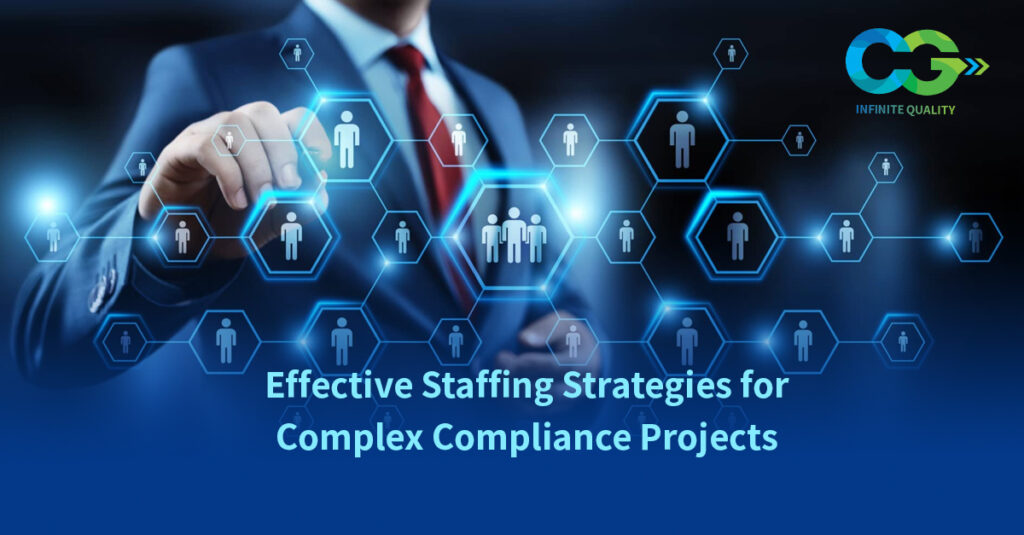
Managing complex projects starts with clear defining goals and aligns with Compliance strategic objectives and workforce planning. Clear understanding of the project requirements and challenges with subsequent planning steps will lead to successful completion of projects. A well-structured plan with expectations, responsibilities, and skills will contribute to `staffing strategies and managing complex projects.
There are several steps to strategically manage complex compliance projects. Processes, procedures and create the roadmap for projects.
Project Scope: Defining scope to manage projects with clear objectives, relevant needs by managing timelines using advanced tools. Align operational needs, business strategies and regulatory framework. Objective of project scope should be specific, measurable, achievable within defined timelines. Project scope should be visualized with proper breakdown into manageable sections.
Project Plan: Streamline workflow with well-defined task with dependencies, relationships, progress with integrated communication plan.
Requirements and Gap Analysis: Reviewing the current system and developing requirements as per needs by comparing and providing recommendations is critical in compliance projects. Define clear business processes with proper scope to provide improved products. Analyze the current state of the projects with requirements and Invision future product with gap analysis. Close gaps by recommending solutions with proper requirement gathering.
Assignment: Identify and ensure that the right skills and roles fit the project at the early stage of the project for successful completion. Plan carefully by identifying project needs with roadmaps and monitoring.
Agile Practices: Plan and execute projects using agile process by measuring velocity, sprints, lead time and customer satisfaction.
Budgeting and reporting: Plan budget with buffers throughout schedule by reviewing and optimizing. Provide reporting by creating integrated dashboards and status updates. Overall health of the project is a critical element in the Project.
Risk Management: Identify risk in the initial stages of the project. Perform qualitative and quantitative risk analysis with plan of action.
